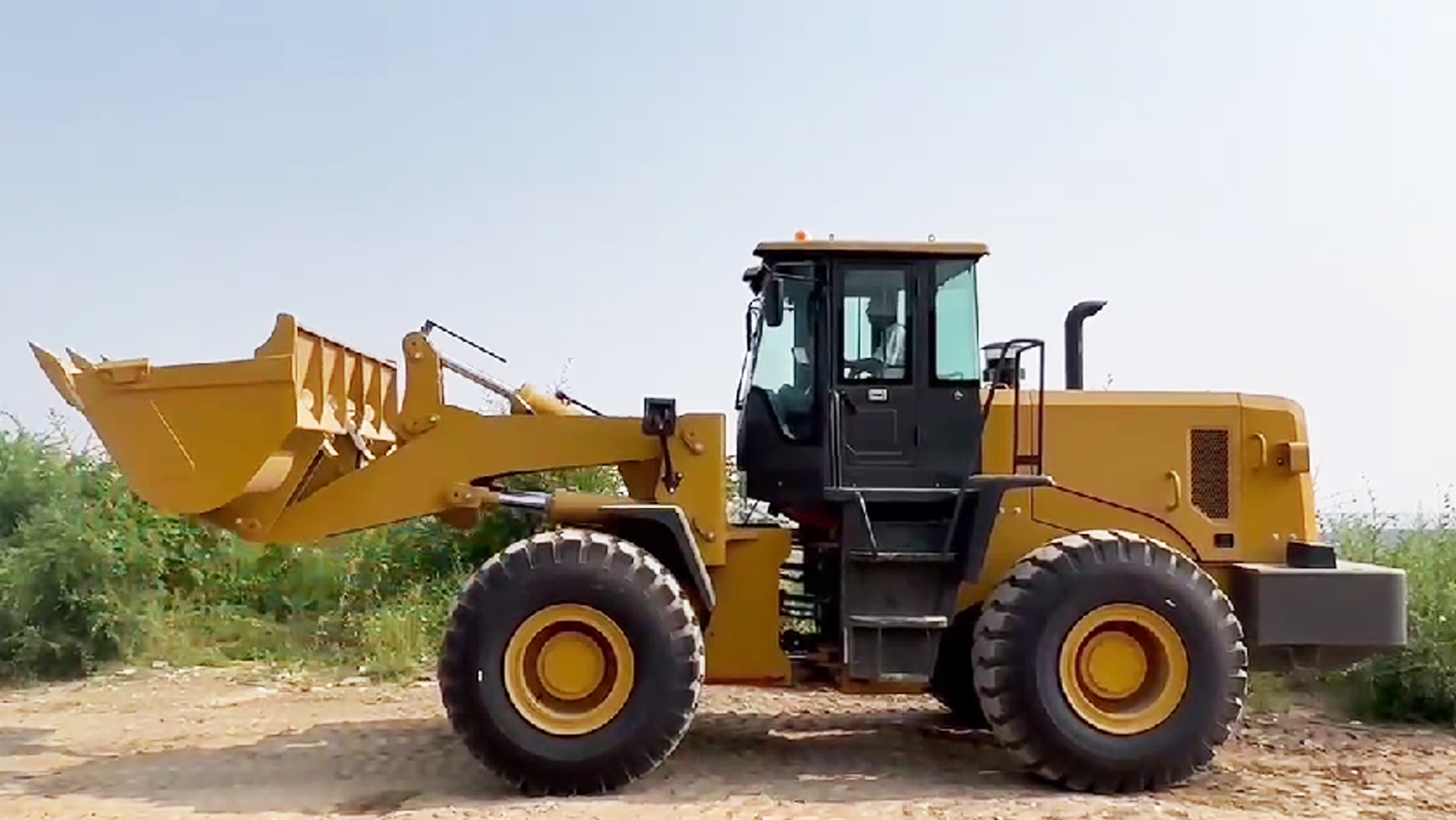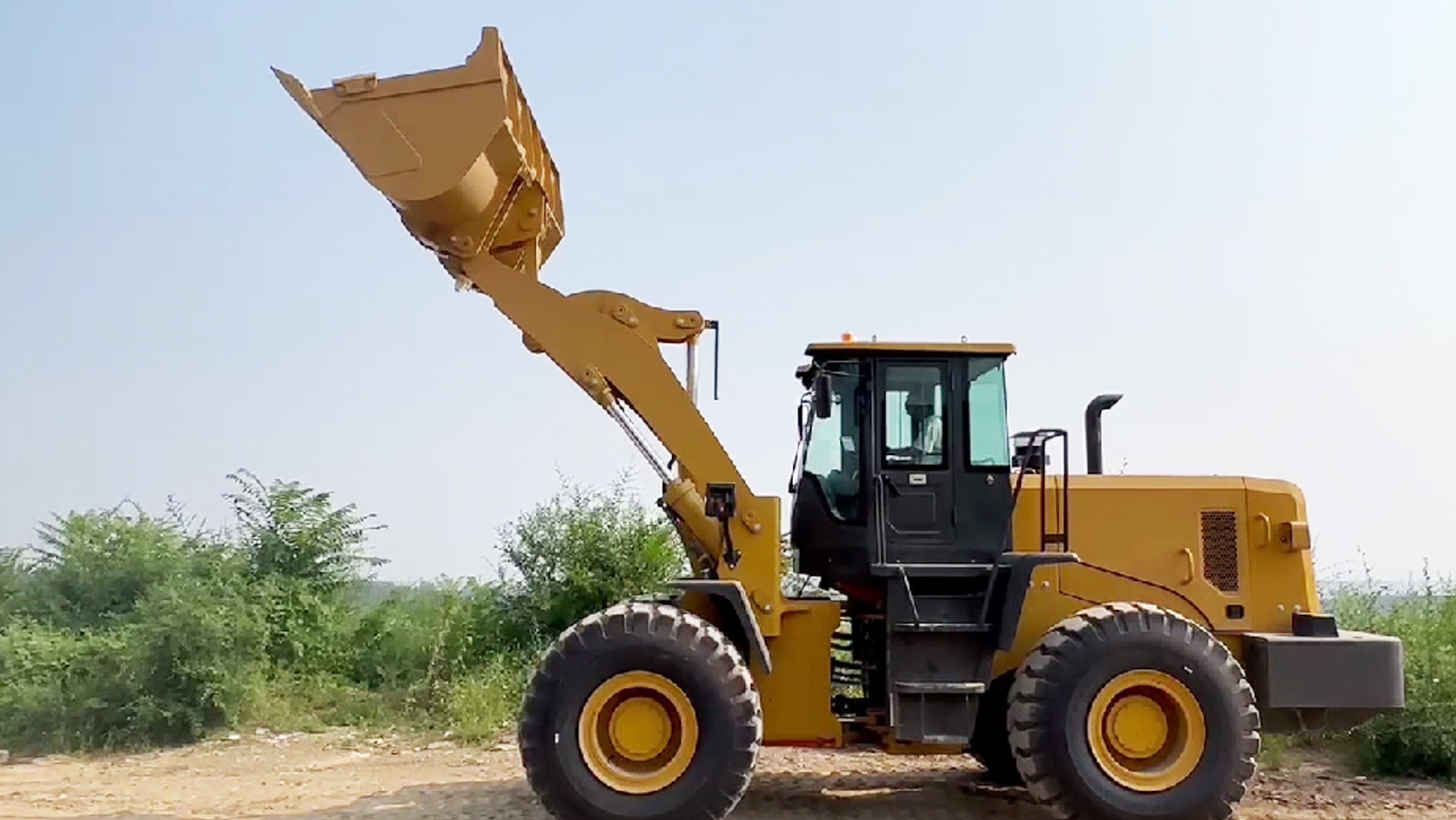I. Introduction
Selling heavy equipment can be a major decision for individuals and companies alike. Whether you’re upgrading your fleet, closing out a project, or simply need to free up capital, navigating the resale market effectively is key to maximizing returns. With the right preparation, pricing strategy, and promotional efforts, you can successfully sell your equipment and meet your financial or operational goals.
This guide walks you through every essential step in the selling process—from assessing your reasons for selling and preparing your equipment to evaluating pricing strategies, finding buyers, and finalizing deals. Whether you’re selling a single loader or an entire fleet, this comprehensive resource will help you get the best value while minimizing hassle.
II. Assessing the Need to Sell
Before listing your heavy equipment, it's important to clarify your goals and determine whether selling is the best option.
Common Reasons to Sell:
Equipment upgrade or fleet modernization
Business downsizing or restructuring
Financial needs or freeing up capital
Surplus equipment after a project ends
Alternatives to Selling:
Leasing the equipment for passive income
Trade-in with a dealer for newer models
Storing the equipment for future use
Assessing your motivations will help you choose the right time and method for the sale.
III. Evaluating and Preparing Equipment
Presentation and condition can make or break a sale.
Mechanical Inspection
Ensure the machine is fully operational
Check key components: engine, hydraulics, tires, electronics
Perform necessary repairs or maintenance
Cleaning and Detailing
Pressure wash the exterior and undercarriage
Touch up paint or replace worn decals
Gather Documentation
Ownership title
Maintenance and service records
Operating manuals and certification (e.g., CE, ISO)
Well-maintained, clean, and documented machines fetch higher prices and instill buyer confidence.
IV. Determining Equipment Value
Proper pricing is critical to attracting serious buyers and closing a fair deal.
Factors Influencing Price:
Make, model, and year
Hours of use
Condition and service history
Attachments included
Market demand and location
Pricing Strategies:
Get a professional appraisal
Use online valuation tools
Research comparable listings on platforms like Machinery Trader or Ritchie Bros.
Overpricing may drive buyers away, while underpricing means leaving money on the table.
V. Choosing the Right Sales Method
Different sales channels offer different advantages depending on your needs.
Options:
Private Sale: More control, potentially higher profit
Dealer Trade-In: Easier process, lower returns
Auction: Fast turnaround, variable pricing
Online Marketplaces: Wide audience, flexible timing
Choose based on how quickly you want to sell and how involved you want to be in the process.
VI. Creating an Effective Listing
A compelling listing increases visibility and buyer interest.
What to Include:
High-resolution photos from multiple angles
Key specs (make, model, hours, attachments)
Honest condition report
Price and availability
Contact information
Best Practices:
Use bullet points for clarity
Highlight selling points (low hours, recent service)
Be transparent to avoid wasting time with unqualified leads
A professional listing boosts credibility and buyer trust.
VII. Marketing and Promotion
Strategic marketing expands your reach and speeds up the sale.
Online Channels:
EquipmentTrader.com
MachineryTrader.com
Facebook Marketplace, Craigslist
LinkedIn business groups
Offline Channels:
Local newspapers or trade publications
Signage at your facility
Industry trade shows or auctions
Use a mix of channels and consider boosting ads to reach targeted audiences.
VIII. Handling Inquiries and Negotiations
Once inquiries start coming in, it’s time to vet and negotiate.
Screening Buyers:
Verify business credentials or identity
Ask about intended use and timeline
Negotiation Tips:
Set a firm bottom-line price
Be willing to justify your pricing with condition and documentation
Consider offering bundled deals with attachments
Be professional and courteous—word travels fast in the construction community.
IX. Finalizing the Sale
Sealing the deal involves careful paperwork and secure transactions.
Required Documents:
Bill of sale or sales contract
Transfer of ownership paperwork
Payment receipt
Secure Payment Methods:
Bank wire transfer
Escrow services (recommended for larger deals)
Avoid accepting checks from unknown buyers
Coordinate delivery or pickup and ensure the buyer signs off on the condition of the equipment.
X. Post-Sale Considerations
Even after the sale is done, a few follow-up steps remain.
Update Records:
Remove sold equipment from inventory
Notify your insurance provider
Taxes and Reporting:
Report gains or losses on taxes (consult an accountant)
Keep documentation for future reference
Customer Service:
Offer brief post-sale support if requested
Ask for referrals or testimonials if the buyer is satisfied
A positive transaction can lead to future business opportunities.
XI. Conclusion
Selling heavy equipment doesn’t have to be complicated or stressful. With proper preparation, realistic pricing, and effective marketing, you can turn unused machinery into valuable cash flow. By following a structured approach—assessing your goals, preparing the machine, choosing the right sales method, and closing the deal confidently—you’ll be well-positioned for a successful sale. Take the time to do it right, and your equipment sale can become a smart business move.
Post time:Apr.22.2025



